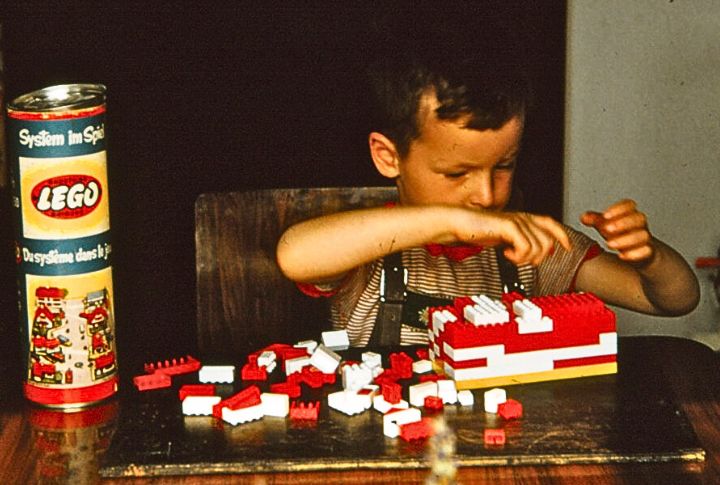
There’s nothing more disappointing than finding out your prized collectible isn’t the real deal. The world of collecting is exciting, but fakes have a sneaky way of slipping in. Don’t worry—spotting them isn’t as hard as it seems. Once you know what to look for, it gets a whole lot easier. So how do the pros separate fact from forgery? Let’s take a closer look.
Poor Font Matches On Labels
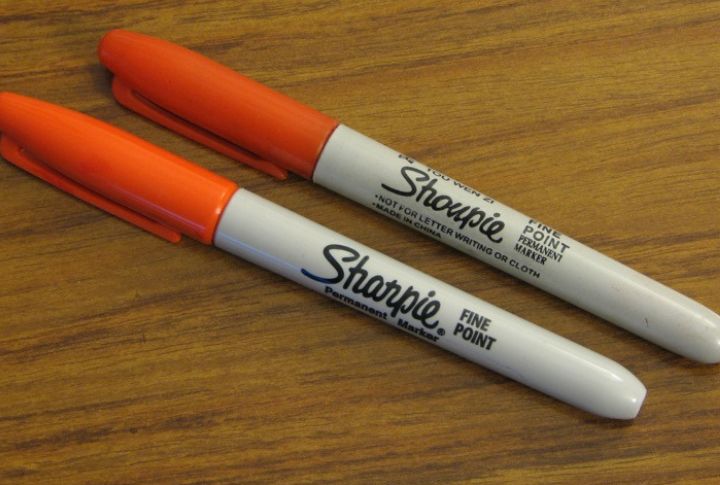
Fonts speak louder than most collectors think. Authentic labels follow strict type rules in terms of spacing or even thickness. In many cases, fake labels include obvious errors in spelling or layout. And era-specific typefaces? Those are tough to mimic well. So, when the font feels off, it usually means the rest is, too.
Suspiciously New-Looking Patina
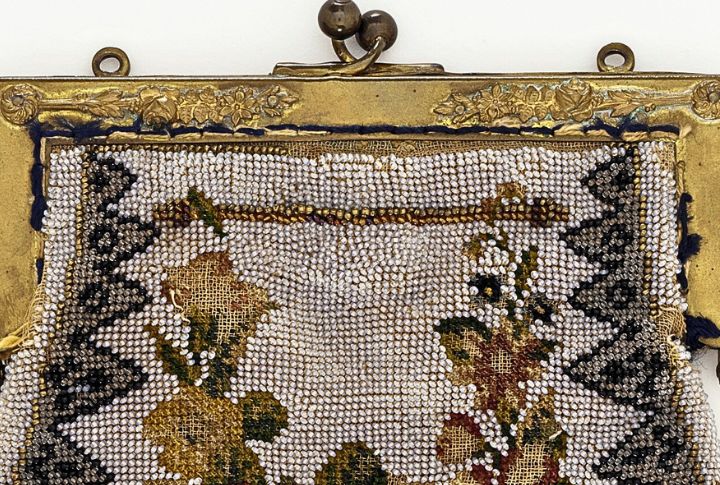
Start with the surface as it holds clues worth reading. Real aging leaves behind oxidation and rust, usually in spots touched or handled the most. In contrast, fake patina shows up in strange places, too, even or too perfect to be real. Plus, those spotless bolts are a signal to dig deeper.
Incorrect Materials Or Finishes

Some fakes feel off the moment you touch them. Originals were made from now-rare materials, like wartime alloys. Forgeries, on the other hand, often use plastic or strange finishes. So if the surface gleams when it should crackle, something isn’t right.
Packaging That’s Too Pristine
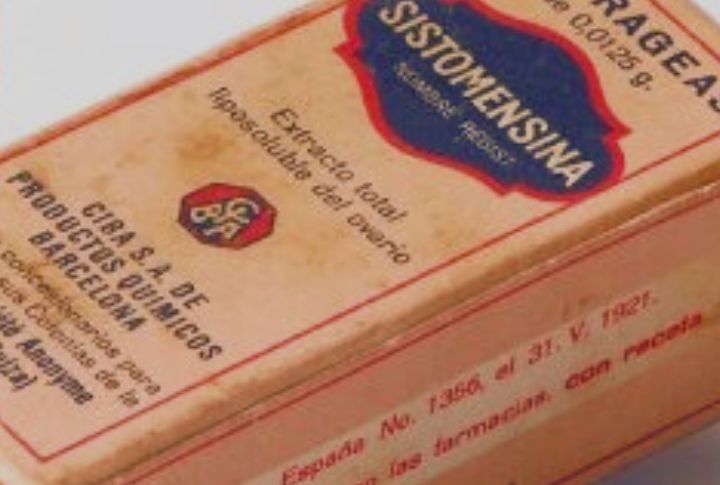
A box that looks brand-new after decades? That’s hard to believe. Authentic packaging shows wear in the faded cardboard, softened glue, or yellowed plastic. Glossy reproduction boxes usually miss those flaws entirely. In fact, even sealed items lose their edge with time.
Mismatched Manufacturing Marks
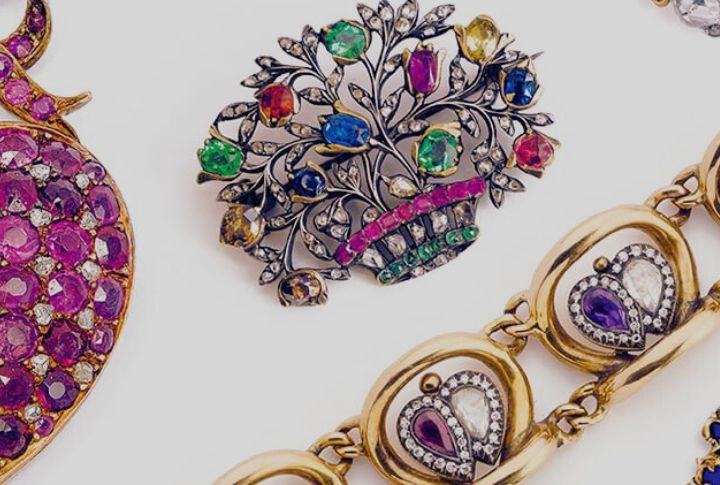
Start by flipping it over, because the markings can speak volumes. Authentic pieces usually carry factory marks and serial numbers placed exactly where they should be. If one’s missing, it’s a clear mismatch. Some brands also link model styles to production years, so be keen on details here.
Wrong Dimensions Or Scale
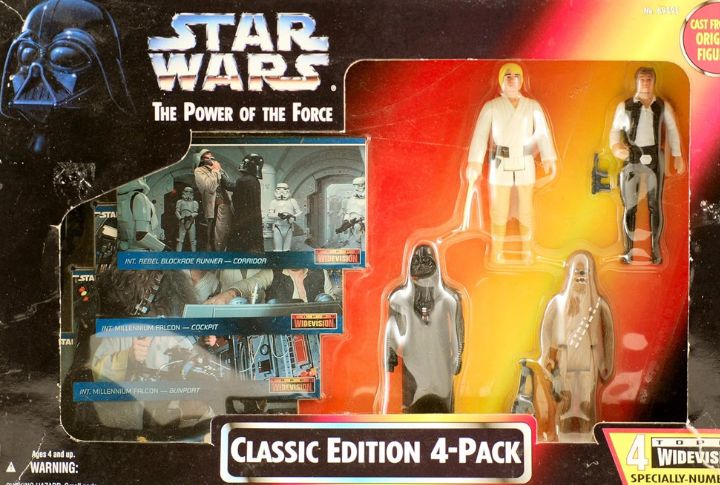
Fakes typically miss the mark on size, usually because of poorly copied molds. Authentic figurines or coins are produced with exact dimensions, ultimately leaving little room for variation. Take Star Wars action figures, for instance—these were consistently standardized at 3.75 inches.
Unusual Seller Behavior
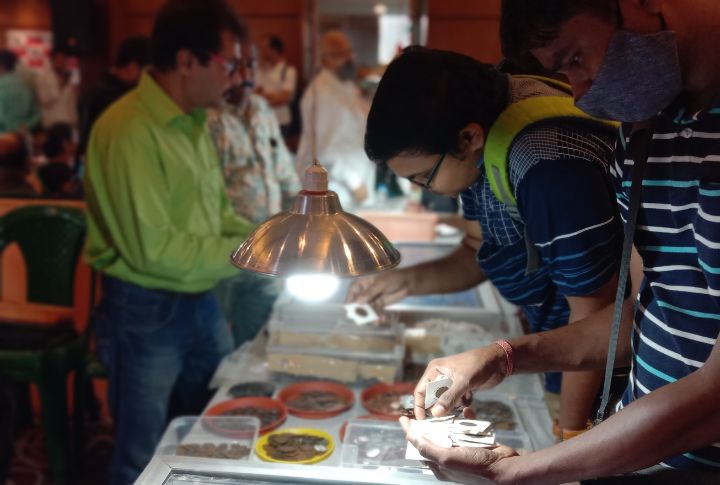
Watch the seller as closely as the item. Real collectors know an item’s history and answer confidently. Scammers, however, dodge questions or push urgency with low prices. Stock photos are also another giveaway. So, if flaws are glossed over and details are vague, the deal deserves a harder second look.
Inconsistent Logos Or Trademarks
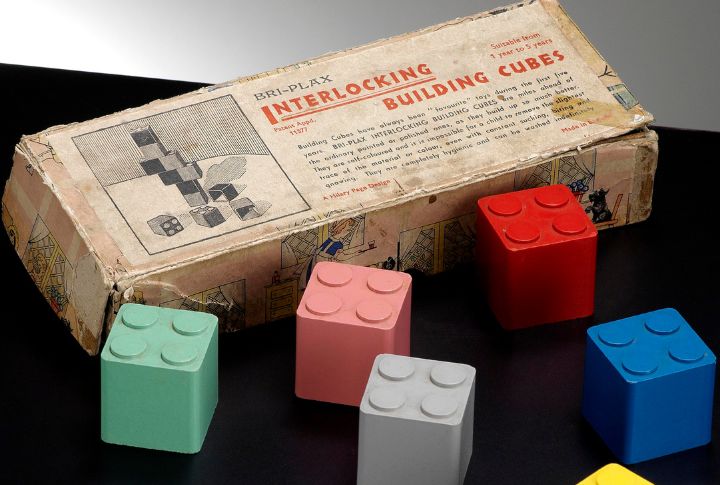
Brand marks were never an afterthought, and authentic collectibles stick to specific layouts, including sharp print and centered logos. But fakes make subtle errors like flipped trademarks. Since some logos change over time, tracing the design can pinpoint the lie faster than the listing ever will.
Unusual Smells Or Textures
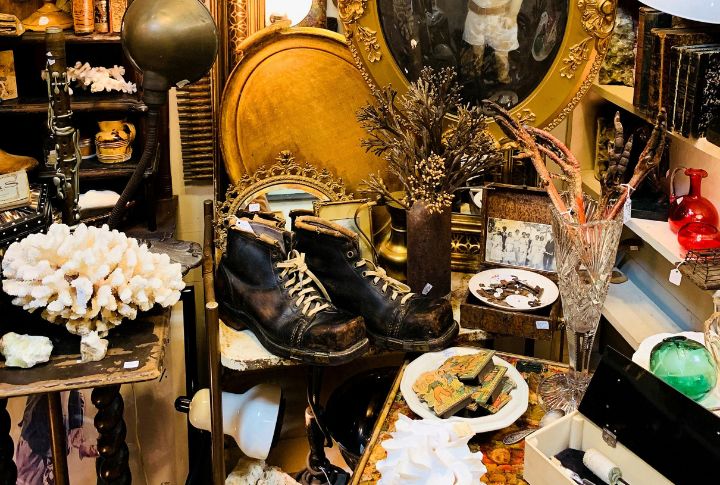
Use more than your eyes—your nose and hands help, too. Vintage items usually carry a dry, musty scent that fakes can’t replicate. Also, plastics from past decades feel heavier and rougher. Additionally, sticky surfaces or burnt smells point to modern resin or paint, and real age leaves behind real texture.
Missing Provenance Or Documentation
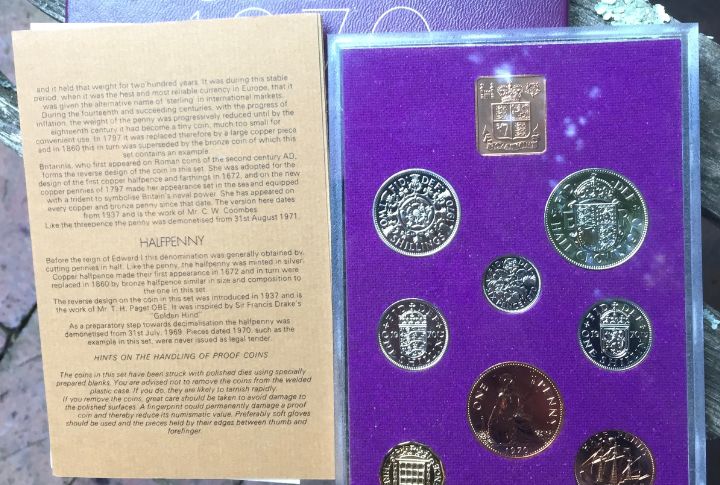
Start with the story, because authentic pieces usually have one. Receipts, photographs, or certificates help confirm ownership history. And for this reason, auction houses rely heavily on supporting records. In fact, when that paper trail is present, trust follows. Without it, the collectible becomes guesswork, especially if its background feels too blank.
